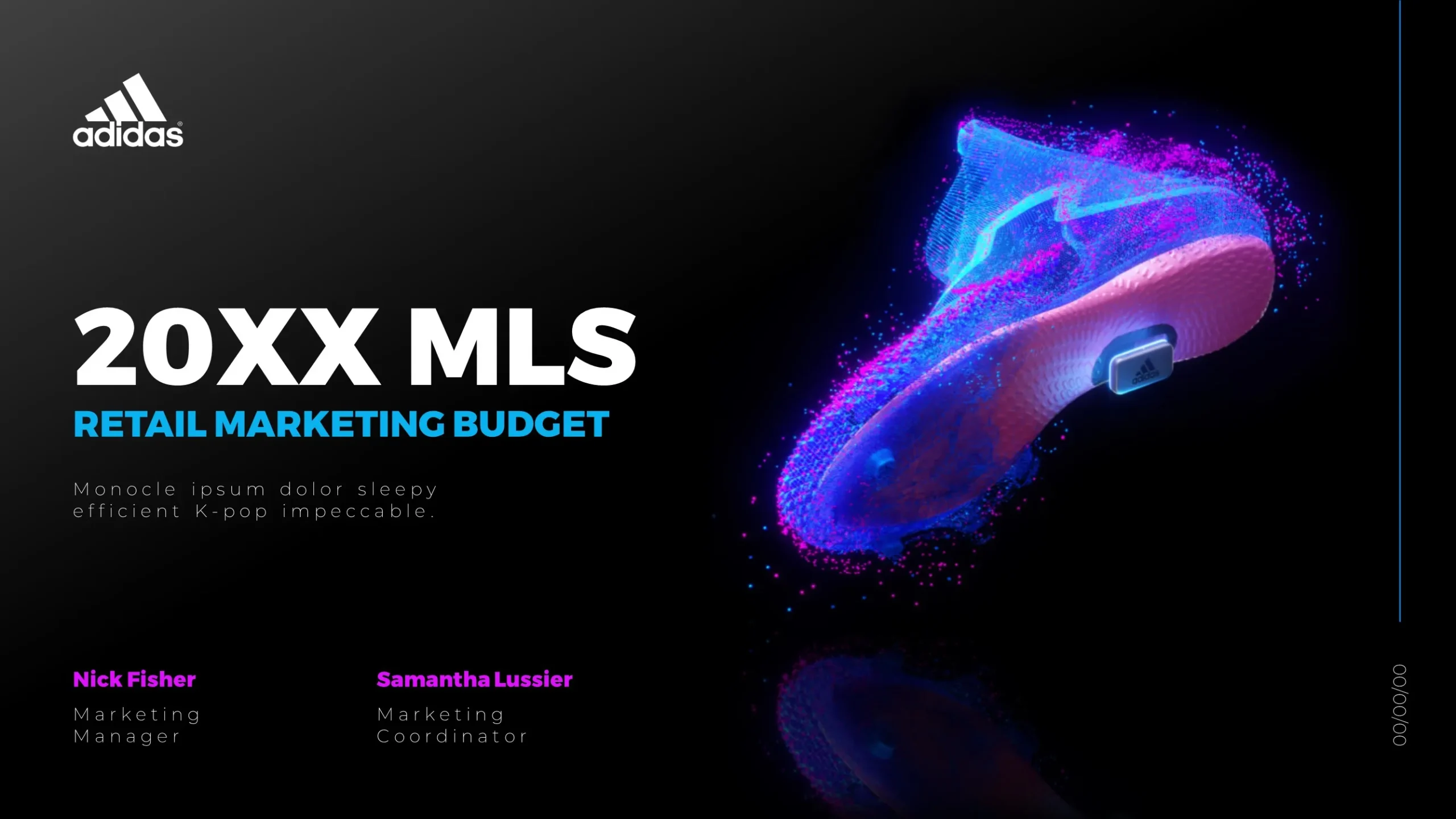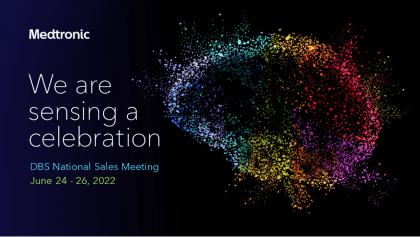Effective infographic design plays a vital role in enhancing communication within the evolving healthcare experience by simplifying complex information and making it accessible to diverse audiences. Infographics utilize visual elements such as charts, graphs, icons, and images to convey data quickly and engagingly. This can be particularly beneficial in healthcare settings where patients may struggle with medical jargon or intricate statistical reports.
In an era where health information is abundant yet often overwhelming, well-designed infographics help distill critical messages into digestible formats that capture attention and facilitate understanding. For instance, they can illustrate treatment options, explain disease processes, or highlight patient care statistics succinctly. Additionally, infographics cater to various learning styles; visual learners benefit from graphical representations while textual descriptions provide context for those who prefer written content.
Moreover, effective infographic design fosters better retention of information by leveraging color theory and layout principles that guide the viewer’s eye through the content logically. This aspect is crucial when communicating essential health messages during public health campaigns or educational initiatives aimed at promoting wellness behaviors among communities.
Ultimately, integrating compelling infographic designs into healthcare communication strategies not only enhances patient education but also encourages informed decision-making—an essential component of contemporary patient-centered care models.
View Our Presentation Portfolio










